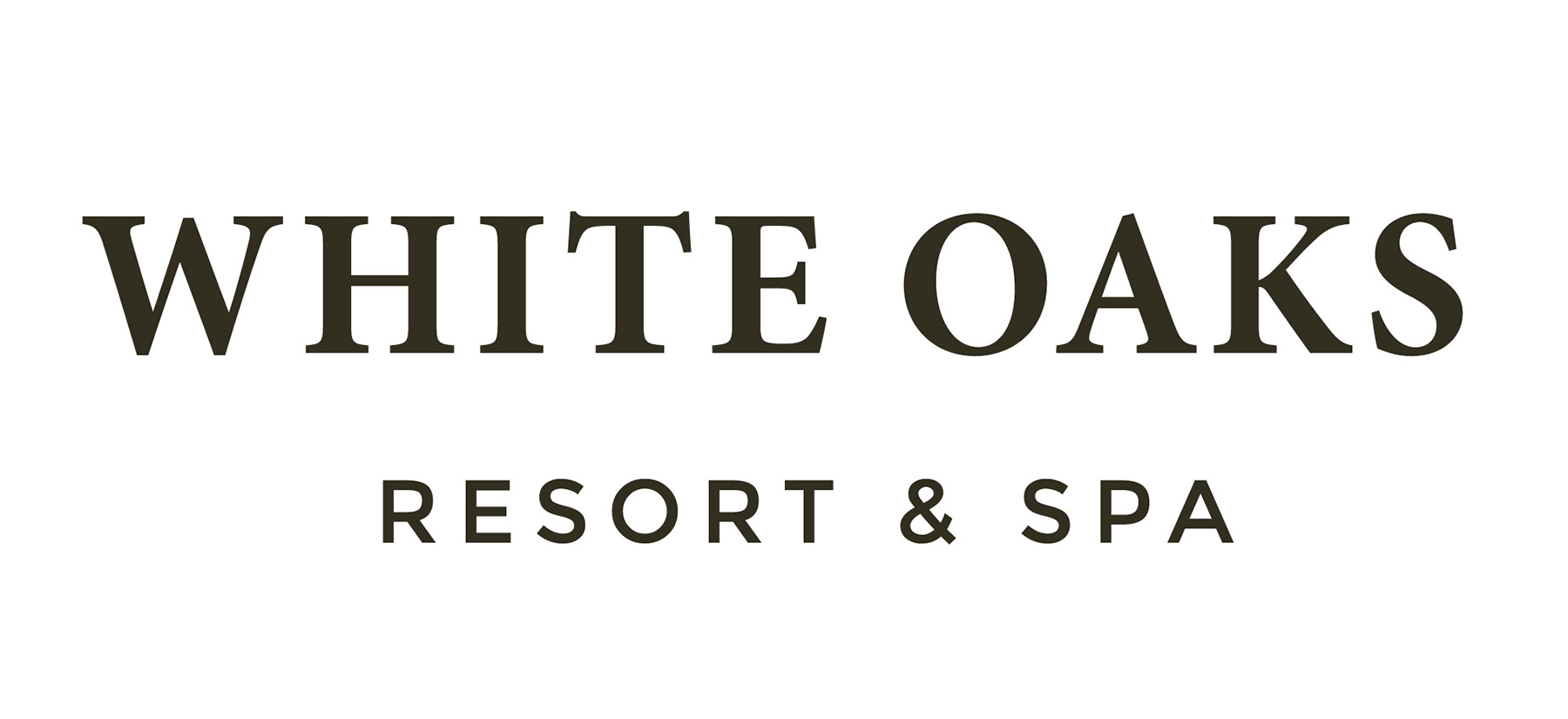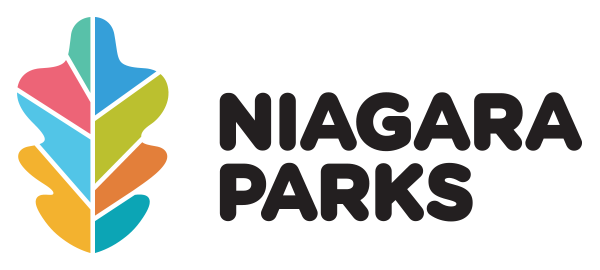Château des Charmes
Cave Spring Vineyard
Peller Estates
Dobbin Estate Vineyard
Ravine Vineyard
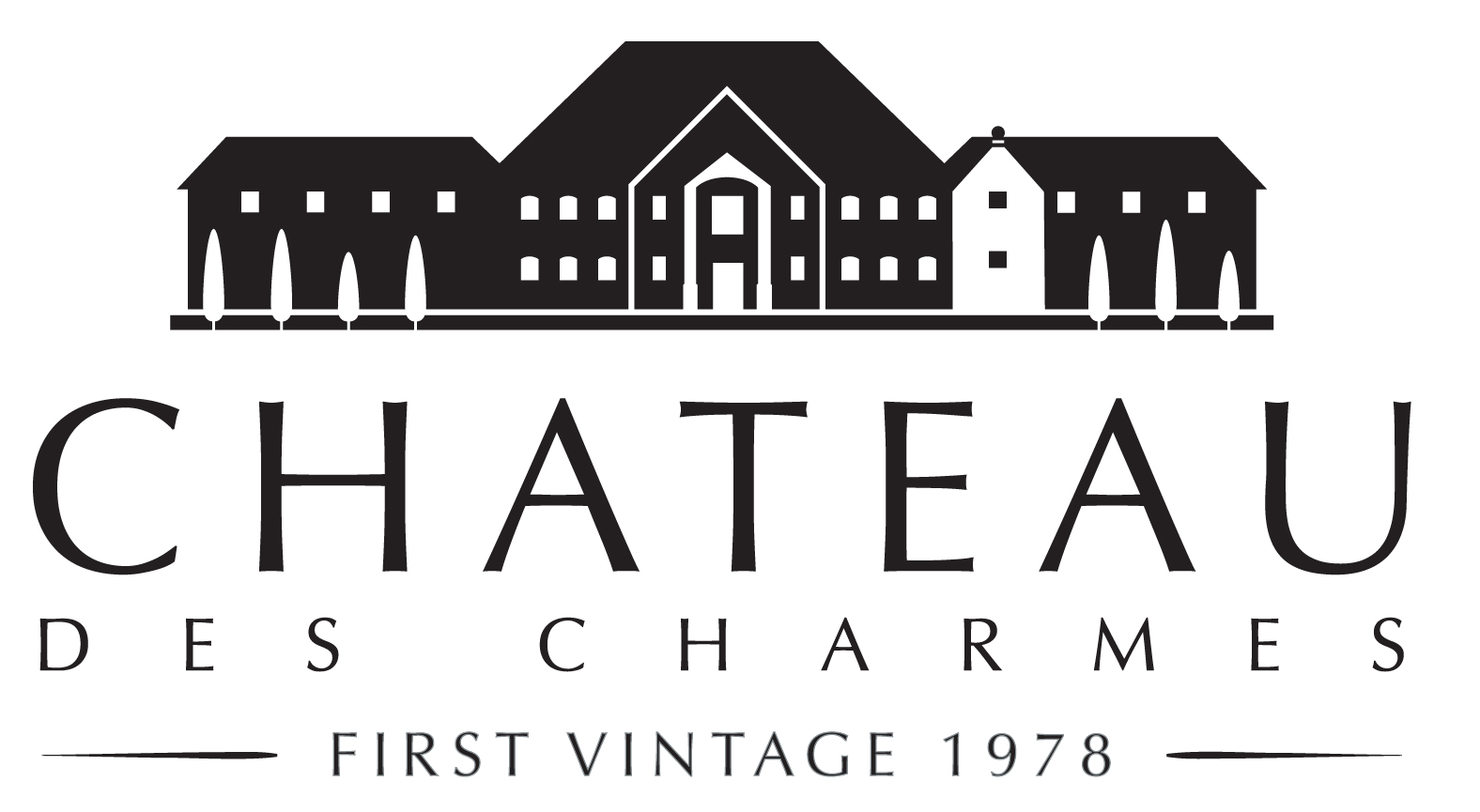
Château des Charmes
Niagara-on-the-Lake, Canada


About Château des Charmes
Seven generations of the Bosc family have been born into our way of life. You might say it’s in our blood. In fact, they even live on the farm.
Château des Charmes was founded in 1978 by Paul Bosc, a fifth generation French winegrower. Paul and his young family arrived in Niagara with the idea that growing our own grapes was the best way to make fine wine. More than ever, we believe in this Estate Winery model and we make our wine only from grapes we’ve grown ourselves. When Paul arrived in Niagara he just knew this place was special. The glacial soils, warm days and cool nights and the lush countryside reminded him of Burgundy where he studied oenology and viticulture at the University of Burgundy at Dijon. Today the Bosc family farms four vineyards in Niagara-on-the-Lake, located in two distinct sub-appellations – St. David’s Bench and Four Mile Creek.
The Boscs believe they are custodians of the land. From the beginning they have been committed to using sustainable practices and are charter members of Sustainable Winemaking Ontario. Paul, Amélie and their team are meticulous. They use modern science and a lot of TLC to coax the best out of every vine.
Representative Biography
Amélie Boury, Vice-President Winemaking & Operations
Amélie holds an MSc. in Biotechnology from Institut Sup’Biotech de Paris with a focus on wine research, specifically grapevine and yeast genomics. As well she is a graduate of the University of Montpellier, France with a MSc. in Viticulture & Oenology; the prestigious ‘Diplome National d’Oenologue’.
Amélie’s experience includes cool climate winemaking in Alsace, France. In 2009 she was introduced to the Canadian wine industry while working on research at the University of British Columbia’s Wine Research Centre and quickly fell in love with our country.
With a passion for making wine in the new world, Amélie began working with Canadian wine industry pioneer Paul Bosc at Château des Charmes in Niagara-on-the-Lake. Paul quickly recognized her talent and saw a little of himself in her constant quest to learn and find new and more effective ways to make great wine. Paul was convinced that Amélie could take over the winemaking reins at Château des Charmes and officially named her Winemaker and Director of Oenology. With this strong vote of confidence and Paul’s continuing mentorship.
Why We're Cool
Niagara is the largest and most diverse grape growing area in Canada. It’s shaped like a pizza slice; at its narrowest in the west and widest in the east. The northern edge is the shore line of Lake Ontario. To the south is the Niagara Escarpment and to the east is the Niagara River. Together these significant features define the region and help to shape the local climate. The Niagara Escarpment is approximately 1 million years old. It is such a unique ecosystem that in 1990 UNESCO designated it a World Biosphere Reserve. And in the past 200,000 years several ice ages have left their mark on our region. As the giant ice sheets covered the land and retreated, over and over again, the soil underneath became more and more complex and diverse. Soil maps of the area are anything but straight forward. But that’s part of what makes Niagara so interesting for growing fine wine grapes. Add to that the climate. Sitting near 43° latitude Niagara is considered a cool climate viticultural area; like the classic regions of Champagne and Burgundy in France. This means we get winter but we also get beautiful, hot summers with plenty of sunshine. Then, around harvest time, the temperature difference between the day and night is wide enough to allow the grapes to “rest” at night. This is why our wines have beautiful structure, finesse and tremendous aging potential.
Château des Charmes has Chardonnay planted on each of their four vineyard sites in two distinct sub-appellations and make six different styles of Chardonnays; ranging from Blanc de Blancs sparkling wine, to unoaked Musqué (clone 809) to two classic barrel-fermented & barrel aged single vineyard Chardonnays. Chardonnay is an excellent varietal to showcase the range of flavour profiles Niagara’s diverse terroirs can produce.
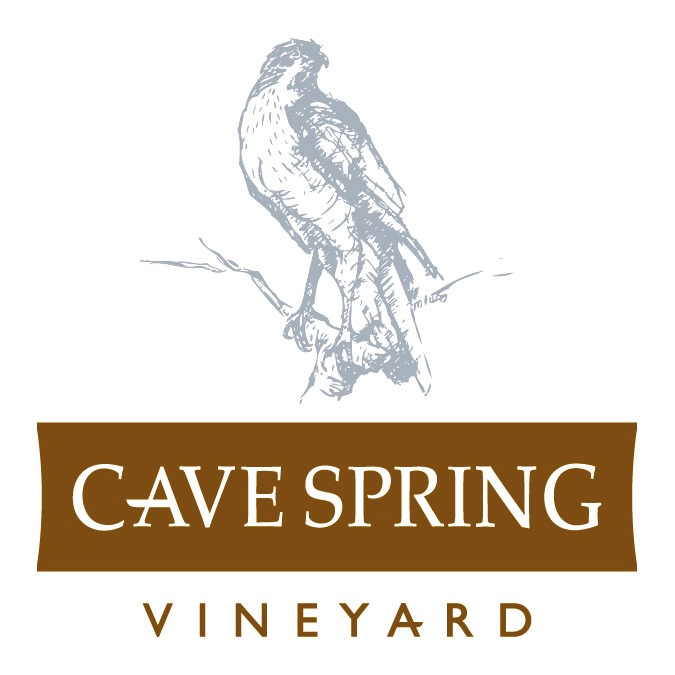
Cave Spring Vineyard
Niagara Escarpment, Canada


About Cave Spring Vineyard
Wine is said to paint a picture on the palate of the place where it was born. As Cave Spring Cellars celebrates thirty years of winemaking excellence, it is with a sense of deep appreciation for the place our wines are born. Cave Spring has established itself as one of Canada’s most acclaimed wineries. The distinct soil and climate of our vineyards on the Beamsville Bench have and will always play a critical role in the ongoing journey of crafting elegant and distinctive cool-climate wines.
Great winemaking finds its origins through a marriage of vision, passion and patience. More than three decades ago, the Pennachetti family helped to pioneer the cultivation of noble European grape varietals on the Niagara Peninsula with the planting of their first Riesling and Chardonnay vines at Cave Spring Vineyard. In the years since, Cave Spring Cellars has established itself as one of Canada’s most acclaimed wineries, earning a reputation for crafting elegant and distinctive cool-climate wines in the heart of Ontario’s wine country.
Representative Biography
Gabriel Demarco, Winemaker and Viticulturist
Gabriel Demarco (B.A., Hon. B.Sc.) is a graduate with Honours of the prestigious Oenology and Viticulture Institute (OEVI) at Brock University in St. Catharines, Ontario, located at the heart of Canada’s Niagara Peninsula.
Born in London, Ontario, in 1980, Gabriel’s path to winemaking was by no means direct. After a period roaming the globe, he attended McMaster University in Hamilton, Ontario, where he studied theatre arts and history. During his studies, Gabriel joined the Canadian Naval Reserve to finance his studies and travel the world while serving his country. After completing his B.A. at McMaster, he moved to Winnipeg, Manitoba, where he continued his studies, earning a Hon. B.A. in Performance from the University of Winnipeg.
By 2005, Gabriel was a working actor in Toronto, Ontario. Although wine was always a part of his family’s culture, he began to realize the depth of his passion for wine at this stage of his life. While working as a server at Jump – a cornerstone of the city’s culinary scene and part of the celebrated Oliver & Bonacini group – Gabriel was bitten by the wine bug. Facilitated by O&B’s exceptional training regimen, he added the Wine & Spirit Education Trust (WSET) Advanced Wine Certificate to his resumé, becoming an integral member of O&B’s wine team.
Realizing that his true professional passion lay in winemaking, Gabriel entered the Oenology and Viticulture (OEVI) program at Brock University in 2009. By the summer of 2010, Gabriel was hired by Cave Spring Vineyard’s founding winemaker, Angelo Pavan, to intern in the winery’s eponymous vineyard. Upon graduation in 2013, Gabriel’s ambitions began to materialize when Pavan, whose work he had admired for years, hired him as a full-time winemaker. Continuing to groom under
Pavan’s tutelage, he quickly progressed to the position of Assistant Winemaker in 2014.
Seeing Gabriel’s intuitive understanding of viticulture and its centrality to the expression of terroir, Pavan turned the reigns over to Gabriel in 2018. As Winemaker and Viticulturist, Gabriel oversees all aspects of winegrowing with a relentless drive to refine the distinctive style that the winery has established in Niagara over the decades. He is also the driving force behind Cave Spring’s passionate and evolving commitment to sustainability and an enthusiastic collaborator in the marketing and promotion of Cave Spring Vineyard wines in Canada and beyond.
In addition to his winegrowing responsibilities, Gabriel is committed to the continued development of the Ontario wine industry, sitting as Chair of the Vintners Quality Alliance of Ontario’s Standards Technical Committee.
Why We're Cool
For more than 25 years, the combination of precise work in the vineyards and a measured touch in the cellars have made the Chardonnays from Cave Spring Vineyard standard-bearers for a style that emphasizes finesse, agebility and, perhaps above all, the steadfast belief in making Chardonnay that is true to its cool-climate origins. Today, among its more than 66 hectares of vineyards the winery farms 12 hectares of Chardonnay that are the source of 100% of the winery's production of this noble grape.
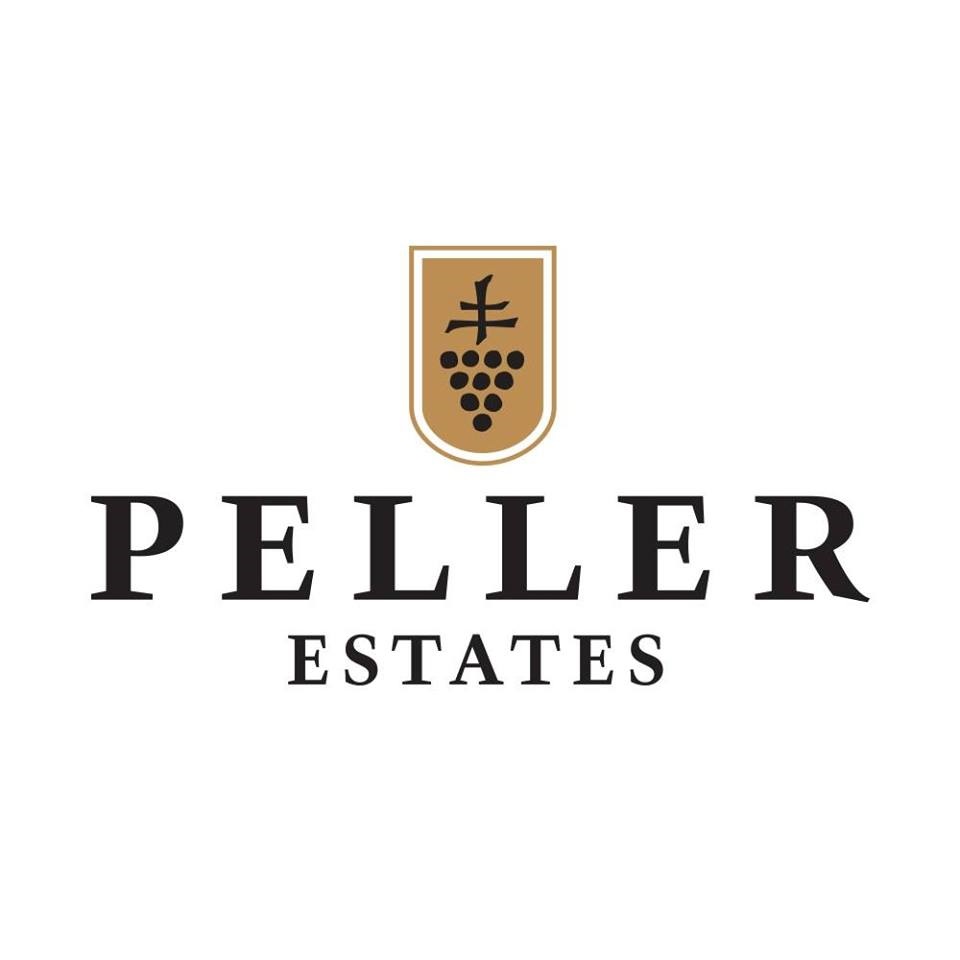
Peller Estates
Niagara-on-the-Lake, Canada

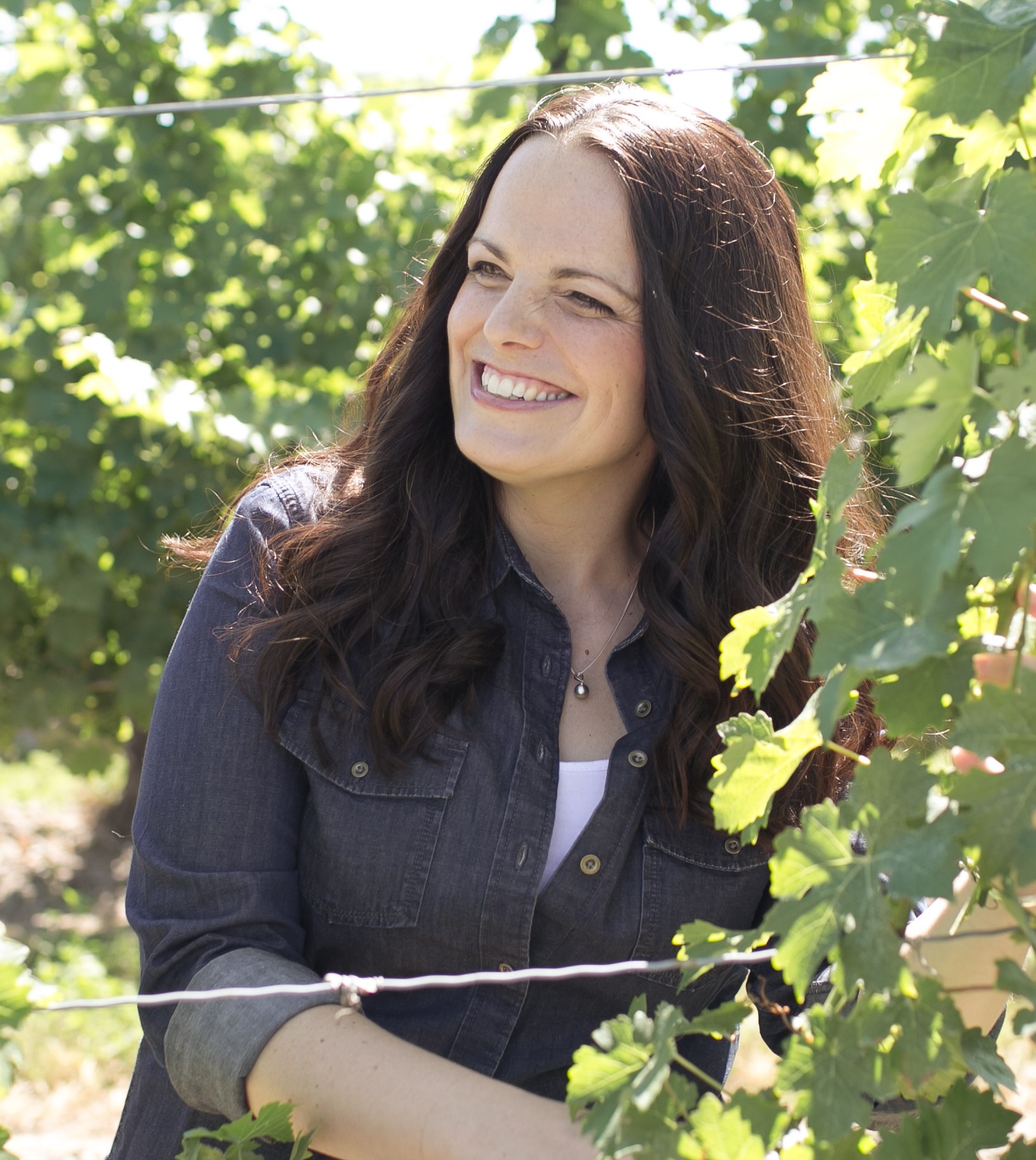
About Peller Estates
Savour life at Peller Estates where winemaker Katie Dickieson and winery chef and TV personality Jason Parsons work together to create Canada’s most creative wine and food experiences. Sample an extraordinary range of wines from the delightful Sparkling Rosé to the powerhouse Signature Series or enjoy innovative wine-tasting experiences including the 10Below Peller Icewine Lounge.
Representative Biography
Katie Dickieson, Winemaker
Peller Estates is based on three generations of commitment to excellence in both cool climate grape growing and winemaking. Winemaker Katie Dickieson has been leading our team since 2012, but her career with our winery began during her first vintage in 2006. Between that first vintage and her return to Peller Estates, Katie spent time honing her winemaking skills in several cool climate regions including British Columbia, New Zealand and France before settling back in Niagara.
Katie is focused on vineyard-driven wines and loves the challenge and opportunity each new vintage offers. When it comes to Niagara Chardonnay, she believes, “our cool climate coupled with a growing season so influenced by lake effect produces Chardonnay with exceptional focus, balanced acidity and ageability.”
Why We're Cool
Peller Estates is literally on the edge of cool climate for viticulture! With the winter temperatures our region reaches, we are only able to grow grapes in Niagara due in part to the Niagara Escarpment and effects of Lake Ontario.
The micro-climate in our Niagara-on-the-Lake vineyards are blessed with the moderating effect of Lake Ontario which provides warming in winter and cooling in summer. Lake breezes in the summer do not allow heat to accumulate in the vineyards, which slows and evens berry development over the growing season, preserving acidity and aromatics.
Our average GGD would illustrate our region as being cool climate and our relatively short growing season and proximity to cold landmass bring on an earlier fall and winter than in warmer regions.
Our winemaking style incorporates a judicious use of oak to respect our fresh fruit aromatics and a measured approach to malolactic fermentation and lees management. We aim to produce cool wines with balance and ageability!
Our Chardonnay Vineyards:
Our Signature Series Chardonnay vineyard bears 25 year old vines grown less than 1km from Lake Ontario (Niagara Lakeshore). The lighter, sandy soils help control vine vigor and produce fruit of exceptional quality.
Further into Niagara-on-the-Lake, our Chardonnay blocks in the sun-soaked Four Mile Creek sub-appellation have an early bud break, maximizing our growing season and offering fruit of great maturity, fruit intensity and richness.

Dobbin Estate Vineyard
Ontario, Canada


About Dobbin Estate Vineyard
The Dobbin Estate vineyard is nestled in the heart of Niagara’s Twenty Mile Bench sub-appellation. Naturally low yield land, excellent moderation and air drainage bless our unique combination of both north- and south-facing slopes. Deep, calcium-carbonate rich soils with excellent percolation, ideal to produce classically styled, cool climate Chardonnay, have been for decades organically farmed, nurturing a rich biodiversity of beneficial microbes, insects, natural vitality and complexity. Well composted and with minimal compaction, the soils optimize the potential of our vines - - a meticulous selection of varieties, clones and rootstocks specifically tailored to this terroir, taking into account the impacts of climate change and encouraging higher acidities, lower natural alcohol and, in general, overall balance and greater elegance.
The viticulture boasts optimal spacing (approaching double the Niagara norm, at 2520 vines/acre vs 1285), intensive underdrainage, freeze protection to ensure the optimal health of our vines, laser bird scarers to avoid nets that reduce both airflow and sunlight penetration, and upwards of 30 hand operations per vine per season.
Only handpicked grapes by our own highly trained team are utilized, and often multiple passes are undertaken to ensure optimal selection.
The winemaking is equally painstaking, with only one wine at a time on the crush pad and detailed double sorting with the finest equipment. A gentle (optional) destemmer and a legendary JLB basket press best prepare the grapes for wild fermentations and minimal winemaking intervention in a cherished collection of variously sized French oak barrels, concrete eggs, amphoras and stainless steel.
Elaborate temperature and humidity control permit slow, classic elevage where the wine style demands it; and top-flight winemaking with local knowledge and a track record ensure meticulously crafted small batches that embody the outstanding terroir of our unique Niagara vineyard.
Working with only Chardonnay, Pinot Noir, Cabernet Franc and Riesling, our goal is to produce a focused line-up of the finest estate-grown wines in Canada - - ageable, complex, harmonious, and refined.
Representative Biography
Peter Gamble, Executive Winemaker
Peter Gamble, a lifetime wine industry professional whose career has encompassed roles as a distinguished professional winemaker and consultant, an internationally recognized wine taster and judge, and the founding Executive Director of the VQA, has long worked alongside Canada’s most passionate winemakers to achieve greater heights with our finest appellation wines.
Since 2000, Peter’s company has been dedicated to prestige wineries in their start-up phase, providing expertise in a range of areas critical to the successful establishment of ultra-premium winemaking operations. Along with international work, Peter has been the lead consultant in significant Canadian projects including, in Niagara, Stratus, Ravine, Cloudsley, On Seven and Stonebridge; and in Nova Scotia, Benjamin Bridge Vineyards and Lightfoot & Wolfville Vineyards.
With the purchase of a top-flight ancient Malbec planting in Mendoza, Argentina, in 2008, and the opening of Sperling Vineyards winery in the Okanagan, Peter and his winemaker wife, Ann Sperling, broadened their company’s winemaking activities. But Niagara remains their cherished home base, and among other prestigious winery start-ups here, including York Vineyards, Kirby Estate and the revitalization of Lailey Vineyard winery, Gamble turned his attention to the vineyard development and winemaking launch of Dobbin Estate on Niagara’s Twenty Mile Bench.
Notable awards for Gamble over the years include the inaugural Tony Aspler Award for contributions to the Ontario wine industry and, in 2019, the inaugural Karl Kaiser Winemaker Emeritus Award for Outstanding Services to the Canadian Wine Industry.
Most recently, Gamble was delighted that the first vintage of wines made at Dobbin Estate earned them the distinction of “The Most Thrilling White Wine of 2023” in the highly respected year-end report by Wines in Niagara wine journalist Rick VanSickle.
Why We're Cool
Our own kind of Cool!
Even though we’re new on the scene in Niagara, the Dobbin Estate has been cool for a long time.
Located in the Twenty Mile Bench sub-appellation, and organic for nearly 30 years, our soils are derived from the ancient Lake Iroquois Bench including extremely high levels of active calcium in deep, moderately drained clay till. We grow chardonnay in threes – three distinct blocks on the property and three clones – 96, 76 and 15.
We stay cool in several ways – our 50 acre property has only 17 acres of vineyard planted, surrounded by ravines with forests of native trees, drawing away excess moisture and humid air while providing diverse habitat for a huge range of species. Our gentle north-facing slope mitigates the summer sun’s intensity; and even our south-facing slope abuts our very own seven-acre lake in the heart of the vineyard, providing a cool sink to moderate changes in daily temperatures. The organic farming with regenerative practices includes permanent cover crops to keep soil surfaces cooler while drawing down seasonal rainfall.
Founding winemaker, Peter Gamble, who designed the vineyard plantings with moderately high density (2520 vines per acre), walks each block to determine ideal harvest timing followed by hand harvesting with selection and individual handling throughout the winemaking process. After wild fermentations in French oak barriques, and wild malolactic fermentations, barrel lots are assembled 18 to 22 months after each vintage to produce two or three unique bottlings.
Tony Aspler - A Wine Lover’s Diary, Part 882: Dobbin Estate (Posted on June 5, 2023 by tonyaspler)
Dobbin Estate Chardonnay 2019 ($75, Twenty Mile Bench)
Golden straw colour; spicy, toasty, apple nose with fragrant apple blossom notes; medium-bodied, dry, elegant, beautifully balanced with apple and lemon flavours and well-integrated oak. Lovely mouthfeel. Reminiscent of a Chassagne-Montrachet. (95 points)
Dobbin Estate Chardonnay 2019 (Estate fruit, bottled in magnums only, $260)
Bright golden colour; rich, expressive nose of vanilla, apple, lemon zest and oak spice; full-bodied, richly extracted apple flavour tinged with oak. Lovely mouthfeel, great length. Very Burgundian in style. A sensational Niagara Chardonnay. (96 points)
Rick VanSickle - Wines in Niagara - June 2, 2023
“The new Dobbin Estate winery on the Twenty Mile Bench is a showpiece for the region and will help raise the bar for luxury Niagara wines in the years to come.”
Dobbin Chardonnay 2019 ($75, 93 points) There are only 190 cases of this soulful Chardonnay available. It’s a mix of estate fruit and a neighbouring Twenty Mile Bench vineyard. It’s anchored with grapes from the estate’s small Charlene Vineyard which consists of the original organic plantings. It was whole cluster pressed and wild fermented in French oak barrels. Secondary fermentation was also wild and aged for 18 months in French oak of varying ages. It has a penetrating nose of ripe pears, yellow apples, chalky/saline minerality, subtle savoury notes, lemon tart and perfectly integrated fine oak spice. It’s rich and luxurious on the palate with a silky texture, a textural theme that is common in all these wines, to go with concentrated pear, quince, lemon preserves, and more tantalizing spice notes that lead to a lingering and finessed finish.
Dobbin Estate Chardonnay 2019 ($260, magnum only, 94 points) — This is a unique offering from Dobbin that is taken from one barrel of the estate’s Charlene Vineyard. … It shows a light golden colour in the glass and has a rich and concentrated nose of ripe pear, wildflowers, stony minerality, yellow apples, lemon zest and integrated spice notes. This is such a deep and concentrated Chardonnay on the palate with swirling chalky/flinty minerality, stone fruits, zesty citrus notes, toasted almonds and spice with a long, finessed and echoing finish. A treat of a Chardonnay that will improve for 5+ years in the cellar.
(At the time of printing, the 2020 Chardonnays have not yet been released or presented to the press.)

Ravine Vineyard
Niagara-on-the-Lake, Canada

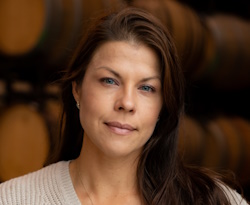
About Ravine Vineyard
Although we’re sure every farm family feels the same about their 5 generations old farm and organic winery, we believe ours is truly unique! Perhaps it’s because of our approach to family.
Our goal was to create a sustainable way to maintain our 100+ year old farm and continue to foster the legacy of our family upon it.
To do this we had to create interest, follow our dreams and find ways to continue to fall in love with the land and each other. Ravine is a paradise within a fabric of tastes, experiences, scenes and sounds across 34 acres of beautiful rolling vineyard.
We are among the few wineries in Niagara with a self-standing restaurant that bakes our own bread and grows our own certified organic vegetables. We are blessed with a renowned wine and culinary team that chooses an ever-changing menu.
With a variety of ingredients picked right from our very own on-site garden, Executive Chef
John Vetere not only creates a seasonal menu but also preserves as much as possible so that ‘go local’ is not just a seasonal term. Our meals are paired with the guidance and discriminating palate of our Winemaker, Lydia Tomek.
Using biodynamics and sustainability as a philosophy to farming, the enhanced quality and flavours in both our small batch premium wines and fresh food products is something we are proud of and very eager to share!
Representative Biography
Lydia Tomek, Winemaker
Lydia Tomek is currently the Head Winemaker at Ravine Vineyards and Estate Winery. She Started her wine journey 20 years ago enrolling into the Cool Climate Oenology and Viticulture degree program at Brock University and hasn't stopped since.
After graduating top of her class, Lydia went on to pursue winemaker roles at Hillebrand, Jackson Triggs , Hernder Estate Wines, and Burning Kiln Winery.
With over 15 vintages under her belt she has established herself in the Ontario wine industry through her successes in producing wines of many styles as well as from different appellations. Between being a mom and winemaker, Lydia also takes great pride in serving her community through volunteering with her LocaLove garden project with elementary students, raising money for school programs that empower young girls, and raising money for UNICEF sports programs. She even finds the time to occasionally write articles for lifestyle publications and serves as a wine judge for international wine competitions.
If anything drives Lydia is her love of the land, scientific curiosity and capturing that special sense of place in every glass of wine she produces.
Why We're Cool
Located in the Appellation of Niagara-on-the-lake, the St. David’s Bench is very unique, as it is
20 per cent warmer than any other location in the Niagara Region. The vineyard shares this fortuitous distinguishing feature with its neighbours, but if you go a little deeper, that is where the common physical attributes end.
Ravine’s soil is lighter, with a consistent airflow and water drainage through the vineyard because we are at the highest elevation of the St. David’s Bench. We experience the earliest bud break and a longer growing season. Our 150-year-old family farm sits atop the ancestral channel of the Niagara River as it once raged 22,800 years ago.
Our hillside soils have eroded over the last 5,500 years on these small but relatively steep slopes. Now, the soil continues to be thin, sparse and very mineral-conducive to the growth of some very low cropping, Niagara-style Chardonnay.
Sitting on the highest peak of our Sub-Appellation not only creates a steady airflow, but it generates outstanding high-pressure systems during the growing season for our fruit. This aids in maintaining moderate temperatures well into September and these conditions make an interesting microclimate for our organic cool climate Chardonnay fruit! Winemaker Martin Werner loves making cool climate chardonnay at Ravine because it highlights our unique terroir and sense of place.


